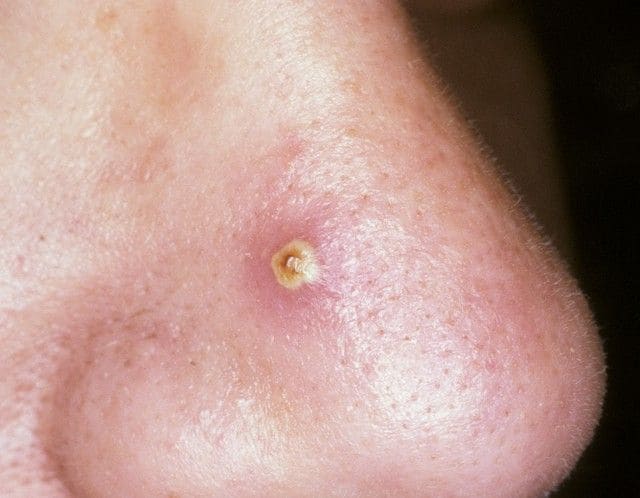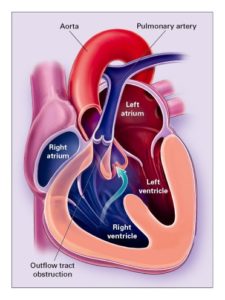What is furanculosis?
- Boils, also known as furuncles, are serious infections of the hair follicles and surrounding tissue that cause painful, red, pus-filled swellings.
- Staph. aureus is the most common cause. It’s possible that boils will coalesce.
- Carbuncles are bigger swellings with many pus-discharging openings, systemic upheaval, and openings They have the potential to spread.
- They occur due to poor hygiene or overpopulation and are passed from person to person
- Diabetes, malnutrition, and immunosuppression make it more likely.
- It’s possible that the enhanced virulence is to blame for these and other acute skin disorders.
- Methicillin-Resistant Staphylococcus Aureus (MRSA), which produces a cytotoxin known as PVL, which stands for Panton–Valentine Leukocidin. This is linked to recurring outbreaks of severe boils and skin abscesses.
- Among individuals who are healthy, all patients with a suspected furuncle should have swabs obtained from their skin to look for PVL toxin-producing bacteria.

Symptoms
There may be a lot of pain and tenderness. The abscess might be spherical or conical in shape. After a few days to 1–2 weeks, it gradually enlarges, gets fluctuant, and then softens and opens spontaneously to discharge a core of necrotic tissue and pus. Before necrosis develops, the inflammation may subside.
Treatment
Isolated boils can be healed alone by bathing in hot water. For broad infection or face involvement, anti-staphylococcal oral medications for 10–14 days are recommended. PVL-positive bacteria necessitate long-term treatment with antibiotics such rifampicin and clindamycin. Incision and drainage may be required for larger boils and abscesses. Family contacts should be screened, nasal decolonization should be done, and antiseptic washes (e.g. chlorhexidine) should be used.



